+8613776545860
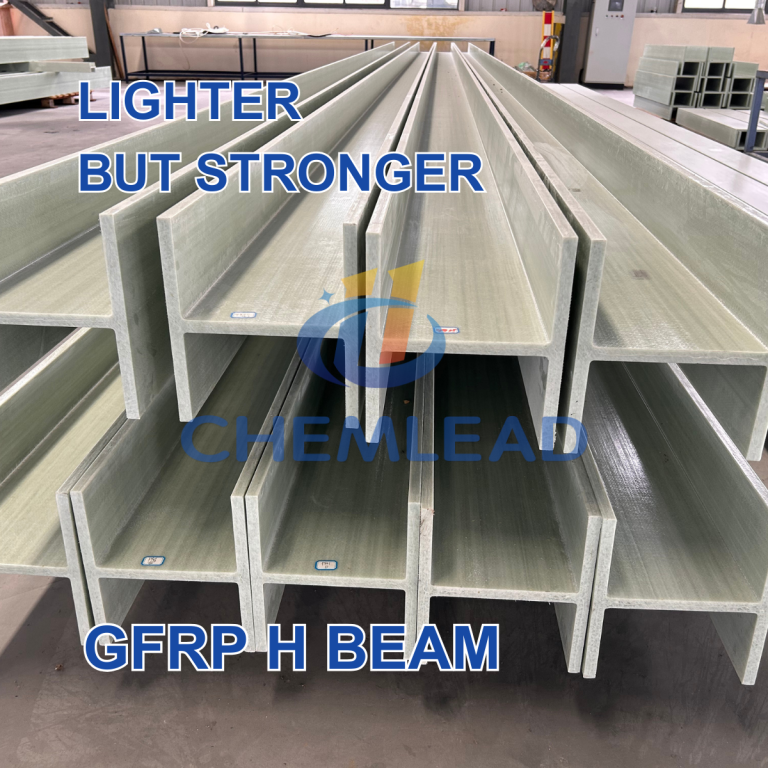
Fiberglass Beam
Fiberglass beams—also known as glass fiber-reinforced polymer (GFRP) beams—are structural components made by combining glass fiber strands with a polymer resin matrix (typically polyester, vinyl ester, or epoxy). The result is a composite material that leverages the best of both worlds: the tensile strength of glass fibers and the flexibility and corrosion resistance of polymers.
When it comes to building materials, strength, durability, and versatility are non-negotiable. For decades, wood, steel, and concrete have dominated structural projects, but a modern alternative is gaining ground: fiberglass beams. These composite powerhouses are redefining what’s possible in construction, infrastructure, and industrial design. In this blog, we’ll explore what fiberglass beams are, their key advantages, common applications, and why they might be the perfect choice for your next project.
What Are Fiberglass Beams?
Fiberglass beams—also known as glass fiber-reinforced polymer (GFRP) beams—are structural components made by combining glass fiber strands with a polymer resin matrix (typically polyester, vinyl ester, or epoxy). The result is a composite material that leverages the best of both worlds: the tensile strength of glass fibers and the flexibility and corrosion resistance of polymers.
Unlike traditional beams, fiberglass beams are engineered to be lightweight yet incredibly strong. They’re often formed through processes like pultrusion (a continuous manufacturing method that creates consistent, high-strength profiles) or hand lay-up, allowing for custom shapes and sizes tailored to specific structural needs.
Why Choose Fiberglass Beams Over Traditional Materials?
Fiberglass beams offer a host of benefits that make them stand out from wood, steel, and concrete. Here’s why engineers, contractors, and project managers are making the switch:
1. Exceptional Strength-to-Weight Ratio
Fiberglass beams are up to 75% lighter than steel and 30% lighter than wood while maintaining comparable (and sometimes superior) structural strength. This makes them easier to transport, handle, and install—reducing labor costs and equipment needs. For example, a fiberglass beam that replaces a steel beam in a bridge or roof truss can cut installation time by half, as no heavy lifting machinery is required.
2. Resistance to Corrosion & Decay
Unlike steel, fiberglass doesn’t rust. Unlike wood, it doesn’t rot, warp, or attract termites. This makes fiberglass beams ideal for harsh environments:
Coastal areas (where saltwater and humidity destroy steel and wood)
Industrial settings (exposed to chemicals, oils, or acids)
Wet spaces (basements, pools, or wastewater treatment plants)
Outdoor structures (pavilions, canopies, or agricultural buildings)
A fiberglass beam in a coastal marina, for instance, can last 50+ years with minimal maintenance, while a steel beam in the same location might require frequent painting or replacement due to rust.
3. Low Maintenance & Long Lifespan
Traditional materials demand ongoing care: steel needs painting, wood needs sealing, and concrete can crack. Fiberglass beams? They’re virtually maintenance-free. Their non-porous surface resists mold, mildew, and chemical damage, and they don’t require regular treatments. This translates to lower long-term costs—studies show fiberglass structures can reduce lifecycle maintenance expenses by up to 60% compared to steel.
4. Design Flexibility
Fiberglass beams can be custom-manufactured into almost any shape: I-beams, C-channels, angles, or even curved profiles. This flexibility lets architects and engineers create unique, innovative designs that would be impossible (or prohibitively expensive) with rigid materials like steel or concrete. Need a curved beam for a modern roofline? Fiberglass can deliver it.
5. Electrical & Thermal Insulation
Unlike metal, fiberglass is an excellent electrical insulator—making it safe for use in power plants, electrical substations, or projects where conductivity is a risk. It also has low thermal conductivity, meaning it doesn’t transfer heat or cold as easily as steel, which can help improve energy efficiency in buildings.
Where Are Fiberglass Beams Used?
Fiberglass beams’ versatility makes them indispensable across industries. Here are some of their most common applications:
1. Construction & Architecture
Roof Trusses & Rafters: Lightweight yet strong, fiberglass beams reduce the load on building foundations while withstanding heavy snow or wind.
Floor Joists: Ideal for basements or areas prone to moisture, as they won’t rot or warp.
Curtain Walls & Facades: Custom curved beams add aesthetic appeal to modern buildings without sacrificing structural integrity.
2. Infrastructure
Bridges & Walkways: Fiberglass beams are used in pedestrian bridges, boardwalks, and even highway overpasses, thanks to their corrosion resistance and low weight.
Utility Poles & Crossarms: They replace wood and steel in power lines, withstanding storms and chemical exposure.
3. Industrial & Agricultural Settings
Factory Floors & Mezzanines: Fiberglass beams support heavy machinery in factories, resisting oils and chemicals.
Greenhouses & Barns: They hold up against humidity and agricultural chemicals, providing long-lasting structural support for crops and livestock.
4. Marine & Waterfront Projects
Docks & Piers: Fiberglass beams stand up to saltwater, making them a staple in marinas and waterfront developments.
Boat Docks & Gangways: Their lightweight design makes installation easy, even in remote locations.
How to Select the Right Fiberglass Beam for Your Project
Not all fiberglass beams are created equal. To ensure you choose the best option, consider these factors:
Load Requirements: Calculate the weight the beam will need to support (static, dynamic, or environmental loads like wind). Work with a manufacturer to engineer a beam with the right thickness and fiber-to-resin ratio.
Environmental Conditions: If the beam will face UV rays, chemicals, or extreme temperatures, opt for a formulation with additives (e.g., UV stabilizers or chemical-resistant resins).
Size & Shape: Determine the length, width, and profile (I-beam, C-channel, etc.) based on your design. Pultruded beams offer consistent strength for standard shapes, while custom lay-up works for unique designs.
Certifications: Look for beams that meet industry standards, such as ASTM (for structural performance) or ISO (for quality manufacturing).

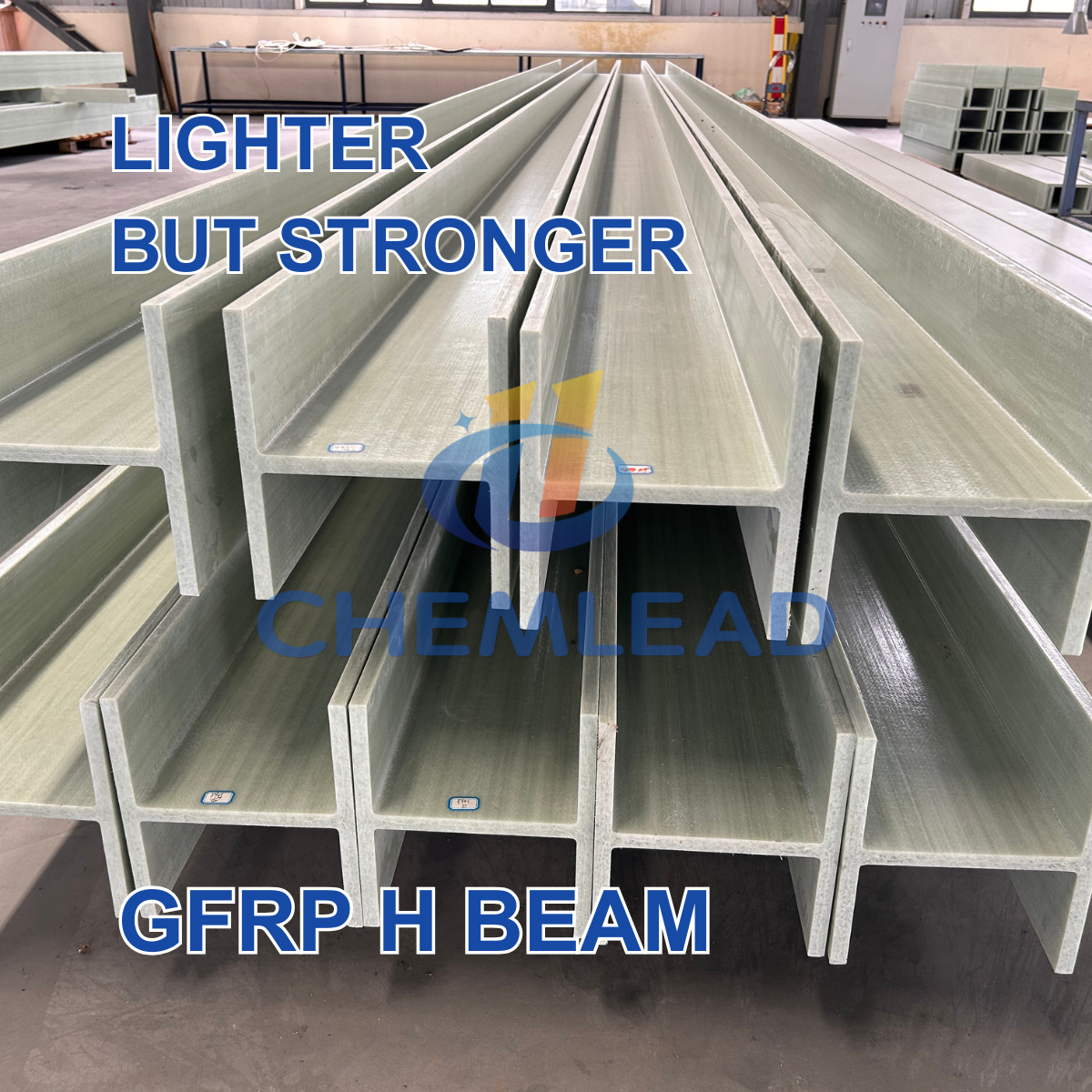
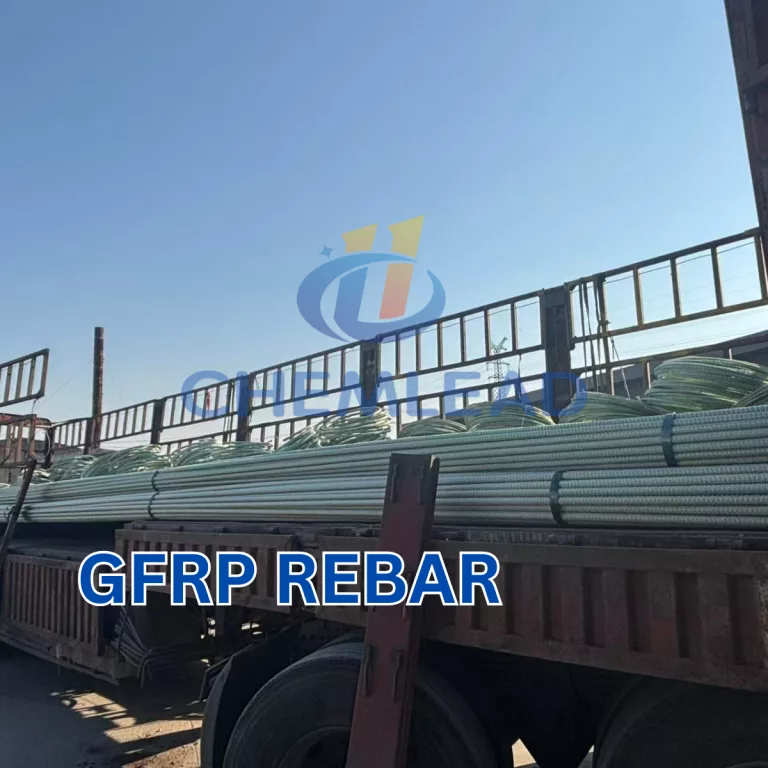
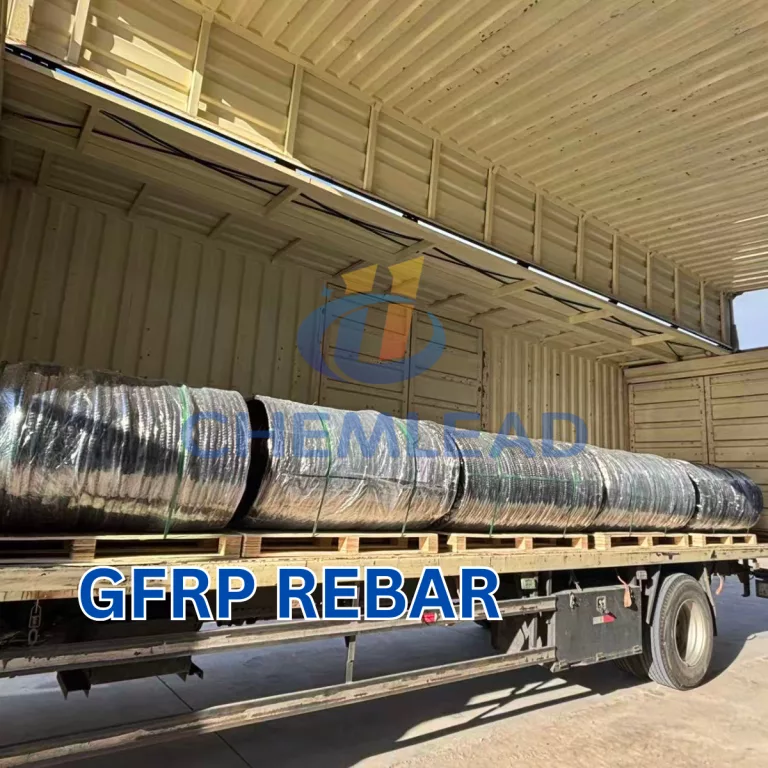
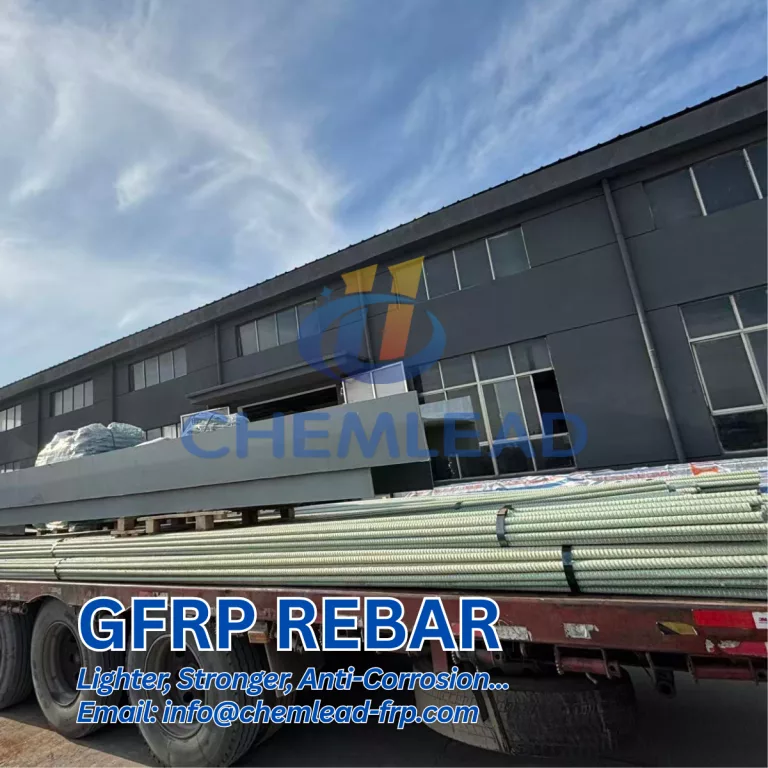
 Get Free Quote Now! Don’t Hesitate!
Get Free Quote Now! Don’t Hesitate!